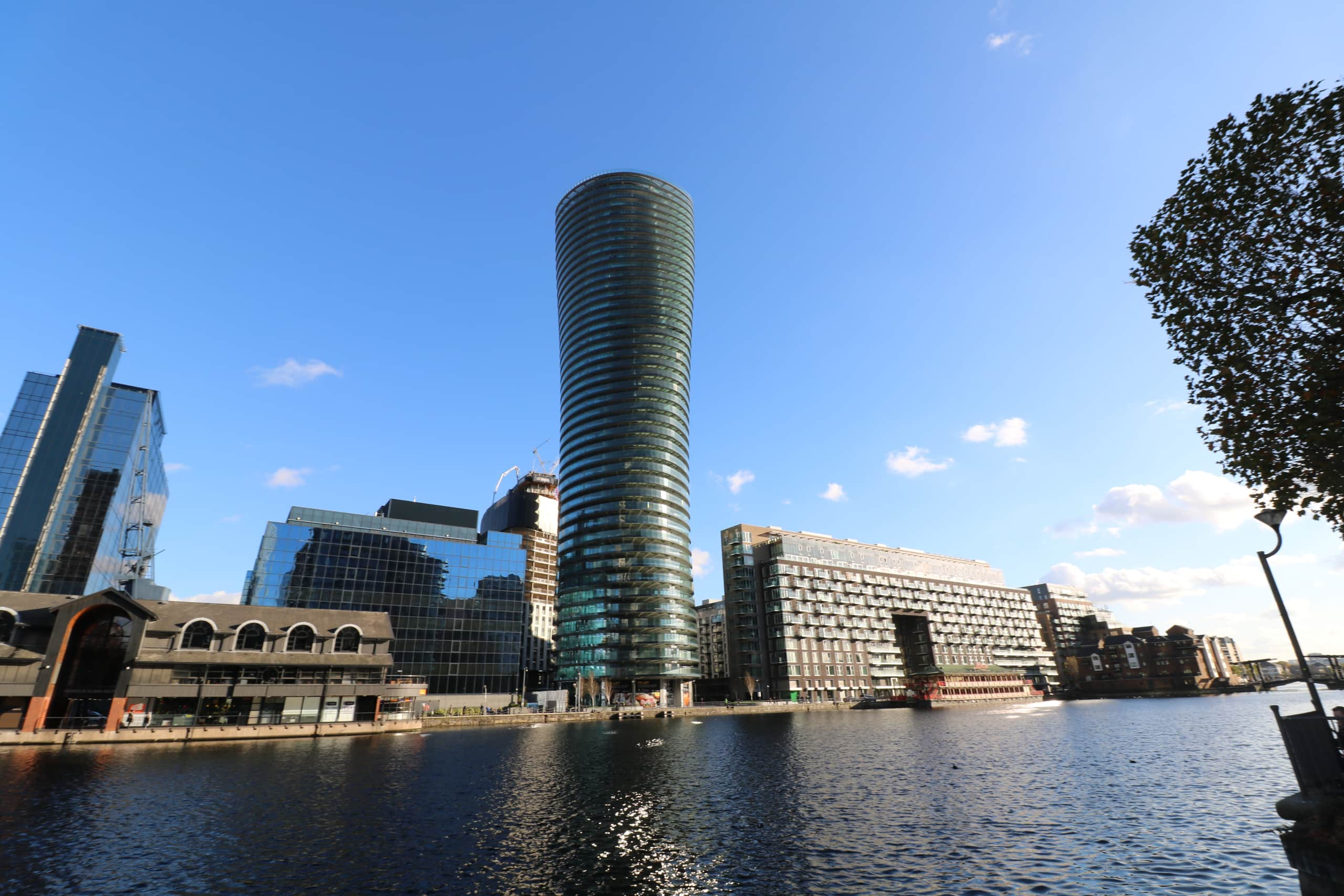The Role of In-situ Testing in Fire Safety
In-situ testing attempts to replicate the site condition in a test configuration. This could be a case where a standalone product is required to be tested or cases where a combination of products or a system will form a part of the test.
During the development of a build, many different parties will get involved in the process and will be responsible for various aspects of the project as it progresses. These aspects can largely be broken down into two main areas including design and execution. Ensuring the design meets all fire safety requirements requires close communication between architects, designers and fire engineers in order to establish the fire safety objectives, identify acceptance criteria, the running of various fire scenarios and finally reaching conclusions on the fire safety aspects. All these procedures form part of the Qualitative Design Review (QDR).
While the design stage is of course a crucial part of the construction project, other elements of the process which are just as important as the design stage include both product selection and the project execution. These additional elements are important because the proposed materials need to comply with the requirements of the regulations and support the fire strategy.
Product selection is important to ensure fitness for purpose and compliance with the specified requirements. This can be verified by requesting fire test evidence or fire related certification of the product. However, there is an important difference between a fire test report and product certification. A fire test is conducted on a manufactured sample product at any testing laboratory. Certification however requires a notified body to undertake a review of the quality management system and factory production control that the manufacturer operates to, independently sample products for testing, tests the product in an accredited testing laboratory and evaluates the results before certifying the product and issuing a certificate. This process is repeated periodically to ensure that the specification and quality of the product originally certified remains consistent with the sample originally tested. Approved Document B (AD B) of the Building Regulations advocates the usage of the certified products in construction.
AD B also recommends fire safety products be installed by certified installers. This is because the installation of the product will have a considerable impact on the overall performance of the system in the event of a fire.
The Role of In-situ Testing in Fire Safety
During the process of construction, it is not uncommon to find that the fire test data provided or the certification data may not sufficiently cover all scenarios of the project and so the question arises as to how these scenarios can be checked. This is where in-situ testing can assist. In-situ testing attempts to replicate the site condition in a test configuration. This could be a case where a standalone product is required to be tested or cases where a combination of products or a system will form a part of the test.
These tests could comprise two categories including both reaction to fire and fire resistance. The former identifies how a material used in the construction contributes to the fire, predominantly in the early stages of a fire starting. The latter checks the ability of the product to withstand or resist the fire (in terms of integrity, insulation and where appropriate loadbearing).
In some cases, the limitations of a test standard will permit the testing of a combination of the specified products on site which has distinct advantages. In such a situation the overall performance of the specified products can be evaluated as part of a system. However, in some cases the limitations of a specific standard cannot be followed. This does not necessarily mean that a test cannot be conducted however, but since the test does not fully meet the requirements of the standard, this would be regarded as an ad-hoc test. Such testing can usually provide valuable information in terms of thermal data and other observations which could assist the fire engineer of the project in the event of a dispute where confirmation is required that the results do meet the specified requirements.
The importance of data
When different products are combined to act as a system, it is useful to test them together, so the fire data is more representative of a real-life situation. When products are tested individually, the performance of each product may not necessarily replicate how they would perform in a real-life situation when they are together. For façade testing, for example, we have BS 8414 which requires installing all the products of a system onto a rig and testing it in its entirety. If the system is not accurately detailed, this could lead to failure of the system even if all the individual elements do meet the standard component specifications.
So, in summary, it is important for any project to gather all appropriate and relevant information to ensure that the system is safe and fit for purpose.
In this respect, it is important for the contractor and specifier to liaise with the product manufacturer to ensure that accurate information is obtained from them. Manufacturer’s standards, categories and recommendations for their products provides useful information as should be consulted as part of any potential replacement strategies.
This article is based on an interview with Dr. Mostafa Jafarian, Principal Certification Engineer for Façades and Structure at Warringtonfire
Dr.Mostafa Jafarian is a Principal Certification Engineer of Façade and Structures at Warringtonfire, specialising in structural fire protection and façade behaviour under fire.
Mostafa is a Principal Certification Engineer, providing clients with advice about product performance under fire conditions, and methods of improvement. He is a member British Standards Institution (BSI) committee amongst other industry bodies.
